
Hangzhou City, China.
A Chinese Project Manager’s Perspective.
Imagine a world where you can pay for everything with your smartphone, where wearable devices translate everything on-demand, where urban traffic flows are optimized by AI, and where daily necessities like bicycles, umbrellas, and cars are sharable. Welcome to Hangzhou, China’s first “Smart City”!
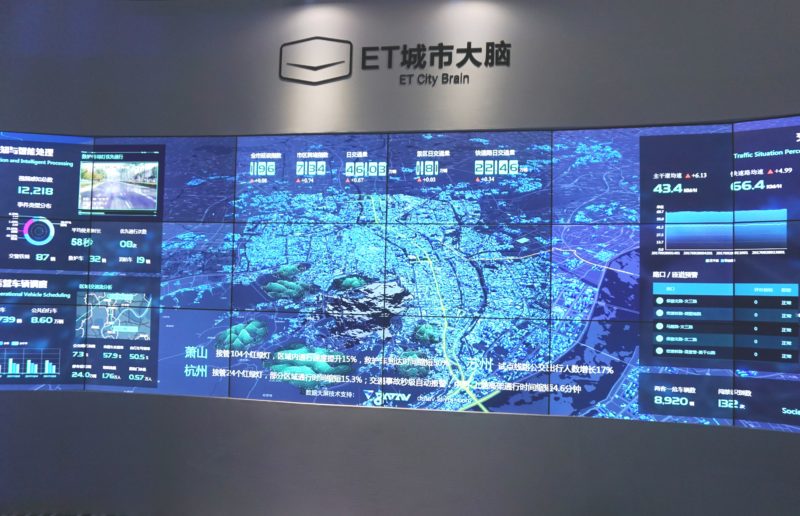
Hi, my name is Sophie Yang and I am a MediaLocate project manager working in Beijing. Last month, China’s largest e-commerce company, Alibaba, hosted the Yunqi Computing Conference 2017 in Hangzhou, China. Regarded as a top computing conference, it included 20+ keynotes and 110+ forum discussions, tech booths, and musical performances. Hot topics like cloud computing, big data, artificial intelligence, VR, IoT hit the stage as conference attendees saw how these new innovations enhance daily life. I set out to understand how these technologies will impact the language and localization industry.
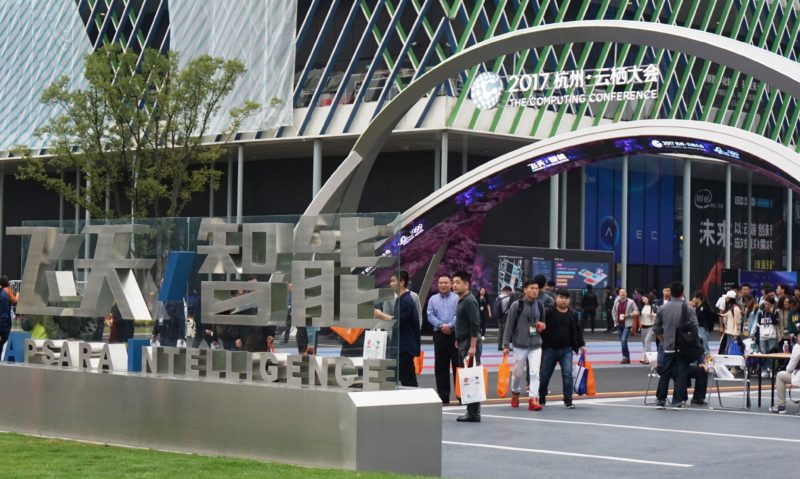
Data, Natural Language Processing, Neural Machine Translation
Data was the consistent theme throughout the conference. Language itself can be viewed as a large set of data. Natural Language Processing (NLP) is a computing field that treats language as data in order to create amazing technologies such as machine translation.
The NLP and Machine Translation Seminar hosted by Alibaba Lab discussed the differences between statistical and neural machine translation. Whereas statistical MT (SMT) is “word-to-word” translation, Neural Machine translation (NMT) is more like translation of “dimensional context” and aims to create a “representation” of the source text in the target language. In comparison with SMT, NMT can generate output of much higher accuracy and fluency.
However, NMT brings its own challenges, including the requirement for a greater amount of training data, a longer training time, and more sensitivity to translation noise. It is also difficult to fine-tune the “black box” of the neural network process. Although NMT generally outperforms SMT, in certain contexts the opposite is true, for example, in Chinese “noun-complex” constructions. Researchers are still on their way to fully understanding NMT’s language deep-level decision-making process.
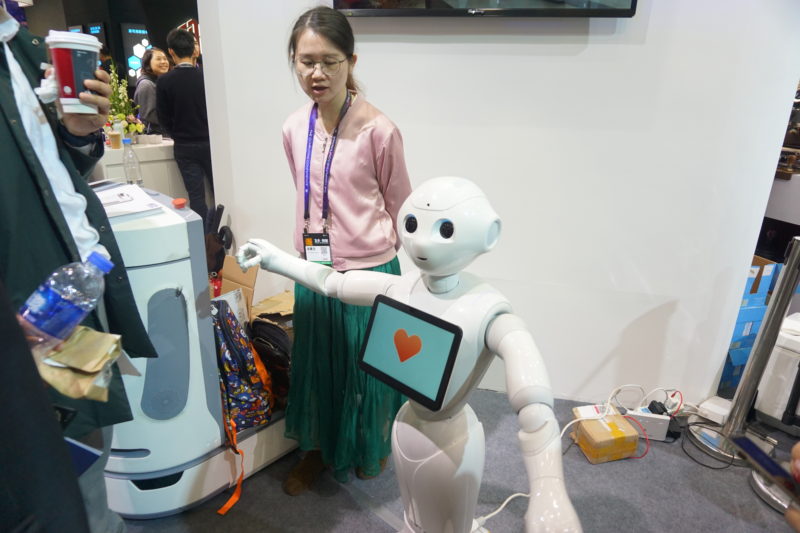
NMT is yielding better translation output and the new model is being developed zealously by tech companies such as Microsoft, Facebook, Google, Baidu. Will it replace human translation one day? Maybe, but translators don’t have any reason to worry for now. NMT is still incapable of handling translation that requires high cultural expertise or creative skills. Using raw MT output may not be the best choice for high-precision content (such as medical or pharmaceutical documentation) or highly-creative content (such as literature or marketing materials). I think human post-editing of machine translation (PEMT) will have great potential for content types that have large volumes that require a quick turnaround (e.g. e-commerce content translation).
Machine Learning, Localization Automation
In the discussion about the “future of data”, the speaker Dhiraj Mallick quoted the following from “The World is Flat” by Tom Friedman:
“We are moving into a world where machines and software can analyze (see patterns that were always hidden before); optimize (tell a place which altitude to fly each mile to get the best fuel efficiency); predict (tell you when the elevator will break and fix it before it does); customize (tailor any product for you alone); and digitize and automate just about any job. This is transforming every industry.”
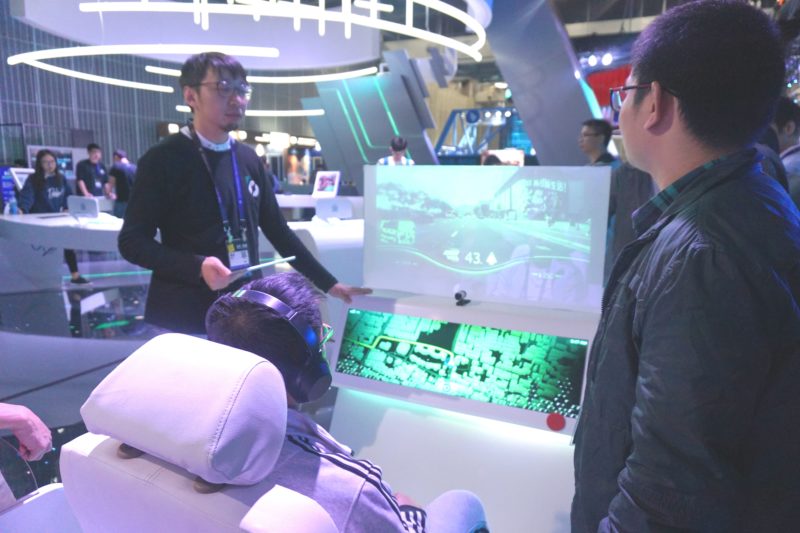
Yes, the power of computing is transforming what we knew, discovering what we do not know, and continuing to change the world at exponential rates. Tech booths featured cutting-edge devices combining machine learning and field-specific knowledge. – For example, Yuandian Legal Platform can assist lawyers by rapidly reading thousands of pages of text and summarizing the gist of meaning. Meanwhile, iFlyTek combines medical knowledge and machine learning to help doctors read medical images and detect problematic cases for further investigation.
Localization Automation Platforms
The power of computing and machine learning will be disruptively powerful when applied to localization. Imagine a 100% perfect localization automation platform – once the request is received, the system would identify even the most complex project scope and recommend an optimal workflow. With a single click, the text would be cleanly extracted and launched in the localization platform. Once complete, a perfect translation would be pushed to the requestor and published automatically, along with a project summary to the project manager with all financial, logistic and legal tasks fully automated. Such a localization workflow is no longer a fantasy and the industry is well on its way to achieving this.
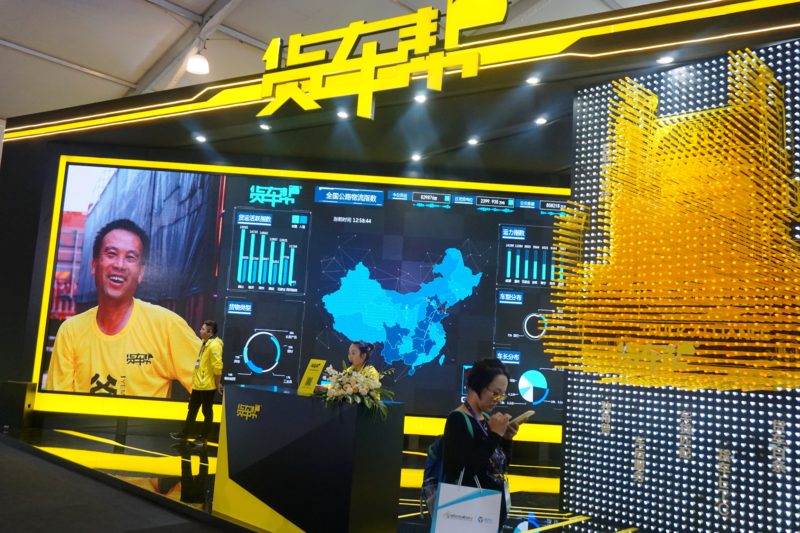
If Hamlet were alive today, he might say “to disrupt or to be disrupted, that is the question.” When facing a future where a perfect localization workflow is achieved, will localization project managers be replaced by a localization “robot” that works 24/7? This sci-fi scenario seems just over the horizon. However, I believe just as machine translation cannot fully replace human translation, localization automation will not replace project managers, but only help them achieve higher levels of efficiency and customization. When free from repetitive work, the project manager can devise creative and strategic localization plans and serve as the “architect” of the entire localization process.
Localization in China
Along with Alibaba Group, a wave of Chinese companies are setting their sights on overseas markets. The first thing to do for companies considering international expansion is to consider branding themselves for a global market while retaining core product characteristics. I believe a successful marketing campaign and brand strategy must consider localization and globalization. The company needs to ensure the localized slogan and banners do not have any cultural issues. The company also needs to consider its base language to be localized. Instead of Chinese, the company may take a more internationalized approach by adopting English as the base language of their products, then translating from English into the languages of their target markets. The company should also consider how to maintain or adapt their brand in different languages. For this, terminology management and style guides are essential.
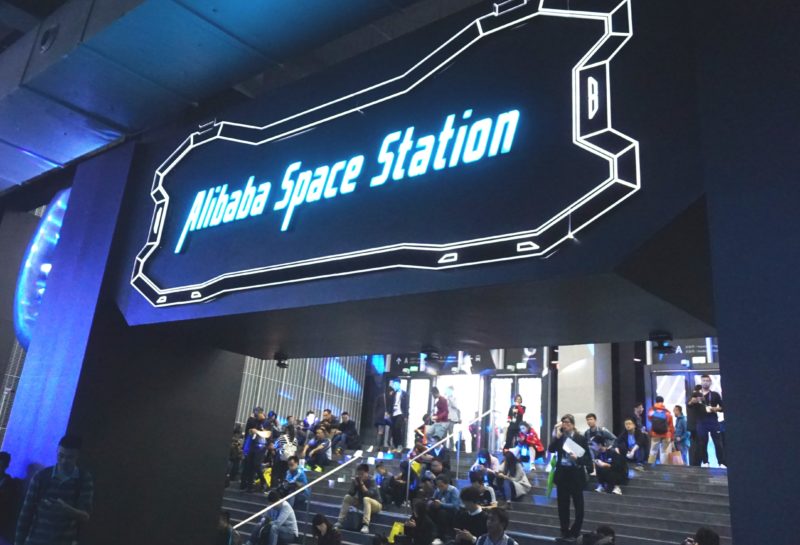
With localization trends evolving rapidly, the company should future-proof their processes by incorporating machine translation into overall localization strategy. For example, an e-commerce company might combine machine translation and manual translation to localize core content, while using solely machine translation to translate the vast amount of user-generated content.
With large companies setting the trend of going global, small and mid-size companies are in turn feeling the necessity to adopt a global mindset. Based on my conversations with tech professionals at the conference, it seems the word “localization” is relatively new in Chinese circles. Many companies do not know the difference between localization and translation. Some even consider going overseas by simply translating Chinese into English and adopting the English translation in every foreign market. New and young companies should adopt a global mindset early in order to scale in a global way.
The ability to process data is transforming the world around us at an ever-increasing speed. I’ve come away from Yunqi Computing Conference with new insights into the future of localization. Let’s embrace the trends of the age of data and take localization to the next level.

Sophie Yang posing with Ant Financial’s animated mobile mascot at the Yunqi Computing Conference in Hangzhou, China. Sophie graduated with a degree in Localization Project Management from the Middlebury Institute of International Studies in Monterey, California and is a MediaLocate project manager driving APAC projects.











